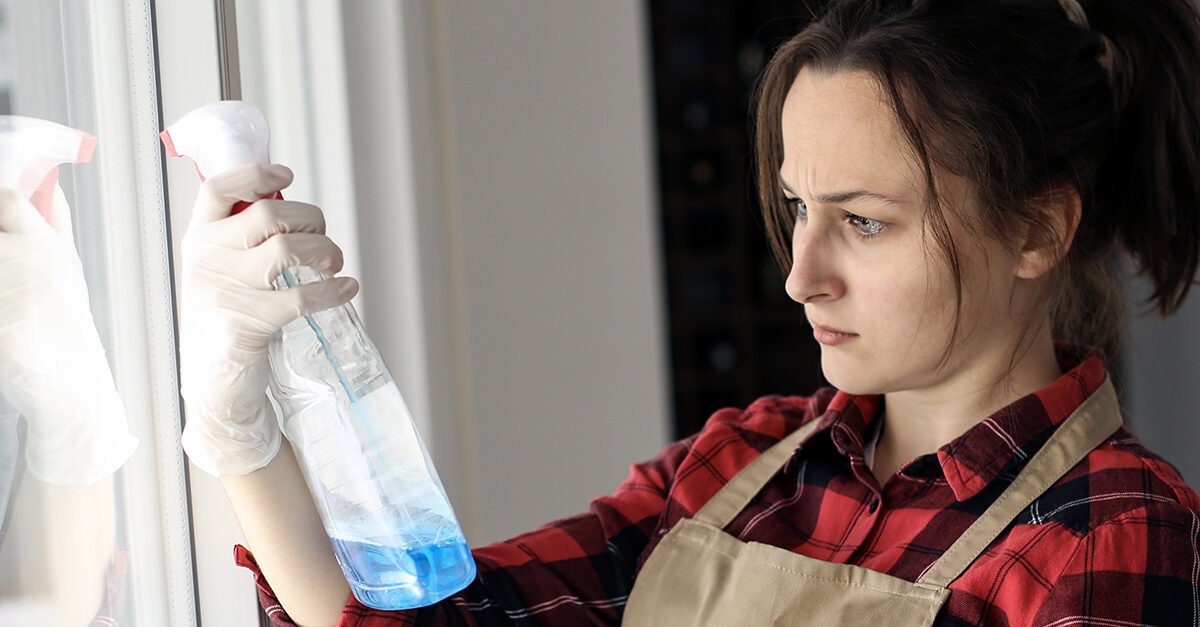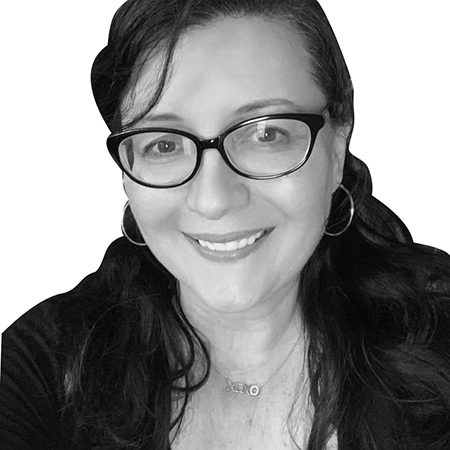As the saying goes, knowledge is power—and this is particularly true when using cleaning products. Knowing how to use them properly will help them work at their fullest effectiveness. The following information will help you and your cleaning crew get the most out of your cleaning products.
Cleaning, disinfecting, and sanitizing:
What’s the difference?
To use a cleaning product effectively, you need to know what it’s designed to do and if its purpose matches up with the job at hand and the desired outcome. To do that, you first need to know the differences between cleaning, disinfecting, and sanitizing.
The U.S. Centers for Disease Control and Prevention (CDC) explains each as follows:
- Cleaning removes germs, dirt, and impurities from surfaces or objects. Cleaning does not necessarily kill the germs, but removing them does lower their numbers as well as the risk of spreading infection.
- Disinfecting kills germs on surfaces or objects through the use of chemicals or other solutions. Although disinfecting does not necessarily clean dirty surfaces or remove germs, killing germs on a surface after cleaning can further lower the risk of spreading infection.
- Sanitizing lowers the number of germs on surfaces or objects to a safe level, as judged by public health standards or requirements.
When to clean
Be sure to clean high-touch surfaces (such as desks, counters, door handles, stair rails, elevator
buttons, touchpads, and restroom fixtures) on a regular basis. Clean all surfaces when they are visibly dirty.
Even if you plan to sanitize or disinfect a surface, always clean it first, as impurities like dirt might make it difficult for sanitizing or disinfecting products to remove and kill germs. Some sanitizers and disinfectants do clean, but the only way to know for sure is to read the instructions.
You might be surprised to learn that, according to the CDC, cleaning alone is often enough to prevent the spread of most harmful germs, such as viruses or bacteria, especially in facilities such as schools and offices. This is not the case, however, in health care facilities and other buildings where specific regulations or practices for cleaning and disinfection might apply. Some germs are more difficult to remove or kill and might require specialized cleaning and disinfection. Always follow standard practices and appropriate regulations specific to your type of facility for cleaning and disinfection.
When to sanitize
According to the U.S. Environmental Protection Agency (EPA), sanitizing reduces and even kills some bacteria, but isn’t very effective against viruses. As such, you’d want to use sanitizing products on surfaces that haven’t been infected by someone ill with a virus (such as influenza or COVID-19) or if there are concerns about dangerous bacteria. Items that are commonly sanitized include desks, toys, and cooking tools.
When to disinfect
Kirsten Hochberg, senior clinical and scientific affairs specialist at CloroxPro, a division of The Clorox Company, shared disinfection best practices:
“We like to focus our efforts with a smart disinfection plan, which is an evidence-based surface disinfection approach that targets higher-risk areas to reduce pathogen transmission, maximize protection from infections, and optimize the use of disinfectants,” she said.
According to Hochberg, higher-risk areas would include spaces with:
- Commonly touched surfaces (like doorknobs, handrails, counters, and appliances)
- A high likelihood of surface contamination with bacteria and viruses, such as in restrooms
- People at high risk of infection that could lead to serious illness (such as children, elderly adults, and those with underlying health conditions).
You should also disinfect areas of your facility where people have obviously been ill (for example, vomiting on facility surfaces. During certain disease outbreaks, local health authorities might recommend specific disinfection procedures to reduce the risk of spreading disease within the facility.
The necessity of following instructions
Most, if not all, of the information you’ll need to correctly and efficiently use a cleaning product will be found on its bottle or container. The instructions are there for an important overall reason—following them ensures success.
“For any cleaning and disinfecting product, the product label is the best place for end-users to find information
on safe and effective use of the product,” explained Hochberg. “Following directions on the product label fully ensures that the product will work as intended and that the user can avoid potentially hazardous effects.”
Don’t assume that all products work identically. Not all products are alike. The different jobs they do will also dictate to some extent how they will be used. Check “use sites” and “surface types” on the directions to learn where you can use the product.
Stay safe
As already noted, knowing how to use products not only makes them better, it makes them safer. When reading instructions, look for any additional precautionary statements and/or warnings. These statements help to further ensure the safe use of each product.
Some products might require more care and caution than others. For example, in some cases, it might be best if the user wears protective equipment, such as a face mask, gloves, or eye protection. If so, that most likely will be noted on the label.
Pre-clean surfaces
In reading the instructions, you might learn that pre-cleaning with another product is a necessary
first step.
According to Hochberg, “The need to pre-clean a surface mainly depends on two things: whether the product is a one-step cleaner-disinfectant or a two-step product, and whether the surface is visibly dirty. For example, if it is a two-step cleaner-disinfectant and the surface is visibly dirty, then pre-cleaning would be needed. If it is a one-step cleaner-disinfectant and there is no visible soil, pre-cleaning would not be needed.”
“The best way to pre-clean depends on the task,” Hochberg continued. “The EPA recommends washing the surface with soap and water. In some cases, you can pre-clean with your disinfectant. For example, disinfecting wipes can often be used to pre-clean a surface, followed by another disinfecting wipe to disinfect the surface.”
Adhere to contact times
One of the most crucial of instructions, yet easy to ignore or dismiss, is something referred to as “contact time.” Also known as “dwell time,” contact time is the amount of time a sanitizer or disinfectant needs to be in contact with the surface being treated for the product to work properly.
“When a disinfectant is applied to the surface, it starts killing pathogens, but it takes time to finish the job,” Hochberg noted. “If the surface dries before the contact time is reached, there is a risk the pathogens on the surface will not be killed. Depending on the product, one application might not be enough, and some may require a second application to keep the surfaces visibly wet for the full contact time.”
If a product is wiped away too quickly, it won’t have the opportunity to do its job. Yet, it’s not unusual to see workers spray and then immediately wipe a surface. It might even be the way you personally clean around your own home. Unfortunately, this action renders the chemicals in the product useless. If your goal is to disinfect
or sanitize, you are wasting time and effort when you wipe surfaces without allowing for adequate contact time.
Always have workers check the instructions to learn exactly how long the product needs to sit on a surface to truly be effective. The product should remain wet for the entire time stated.
Communicate
Just as you don’t want to assume that all products work the same, equally don’t assume that all cleaning staff will be aware of proper product use.
Communicate to cleaning crews that they, too, should never assume anything about the use of a product and need to read all instructions. If necessary, provide information in additional languages or make sure that supervisors are orally conveying any instructions that might not be in the employees’ native language.
Create training sessions that place proper emphasis on the importance of reading instructions, using products correctly, choosing the right product for the right job, and always staying safe. Review this information with staff regularly, to refresh memories and ensure that new employees are also learning how to use products in the safest, most effective way.
“It all starts with training,” Hochberg stressed. “Ensuring cleaning departments are properly trained on how to clean effectively and what products to use is critical to correctly and safely clean and disinfect to help prevent the spread of illness-causing germs in shared and public spaces.”



